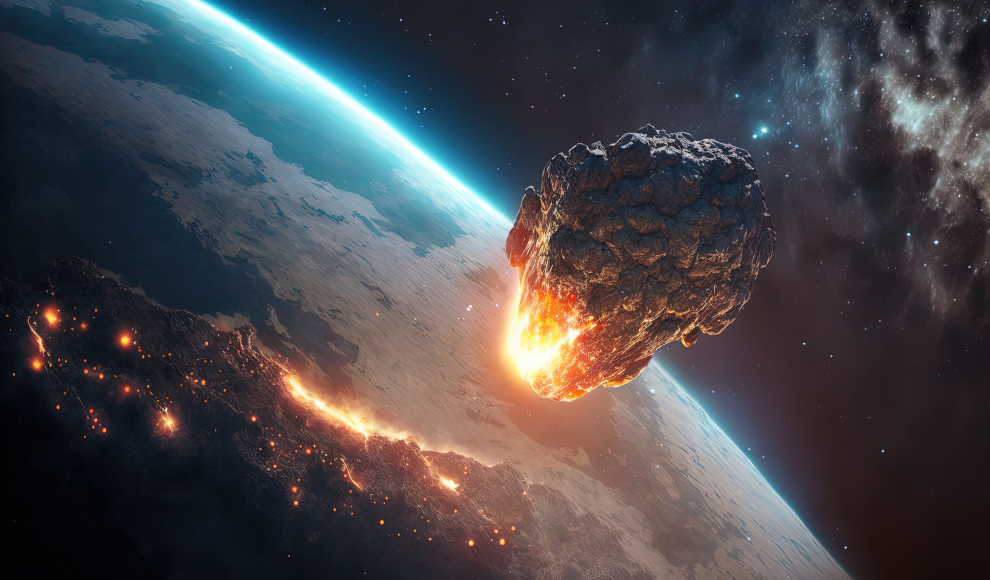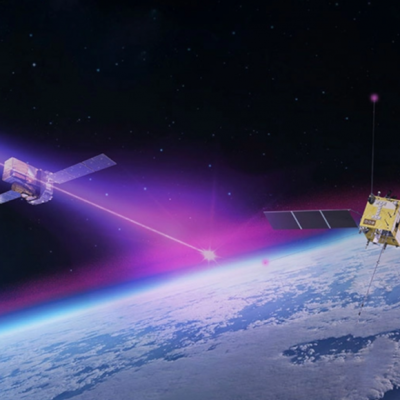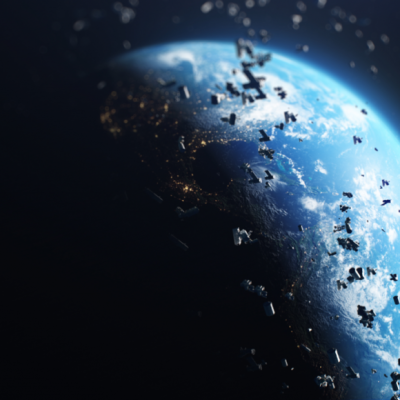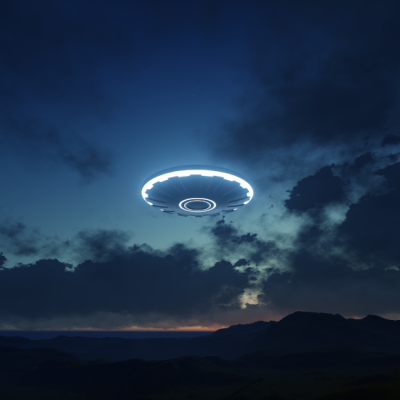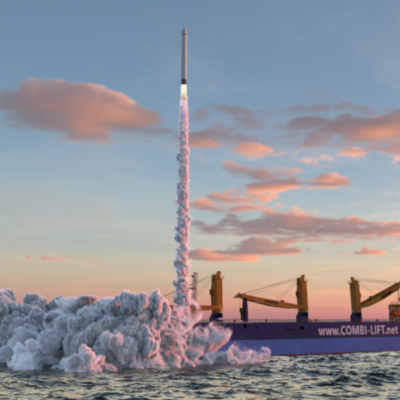New analyses of craters reveal that destructive asteroids hit the Earth much more frequently than previously thought. According to a recent study presented at the Lunar and Planetary Science Conference, researchers from the Goddard Space Flight Center of NASA have found that destructive asteroids hit the Earth at significantly shorter intervals than previously believed. The researchers re-examined known impacts of larger celestial bodies and discovered that many asteroid impacts were previously misinterpreted due to the Earth’s surface changing over longer periods. Natural processes such as erosion, tectonic shifts, and vegetation also affect the appearance of asteroid craters, making it complex to determine when they were formed. Thanks to new methods, including high-resolution satellite images, Lidar, and other imaging techniques, the impact craters could be examined more accurately.
As an example, the scientists cited the Schamanschyng crater in Kazakhstan, which was formed about a million years ago and has a diameter of about 30 kilometers. The asteroid that caused the crater must have been between 200 and 400 meters in size, surpassing the asteroid 2023 DW, which currently has the highest collision probability with the Earth. Previously, it was believed that the Schamanschyng crater had a diameter of only 13 kilometers. Similar differences were found in the crater of the Pantasma meteorite in Nicaragua, which was caused by an object about 500 meters in size and has a diameter of 35.2 kilometers, compared to the previous estimate of 14.8 kilometers.
The new analysis is not yet complete, but the interim results suggest that a significant number of asteroid impacts have been misinterpreted. Based on the new study data, it is believed that most craters are actually two to three times larger than previously thought, indicating that huge meteorites with massive destructive power hit the planet much more frequently than previously believed. These findings have significant implications for our understanding of the frequency and impact of asteroid collisions with the Earth.


